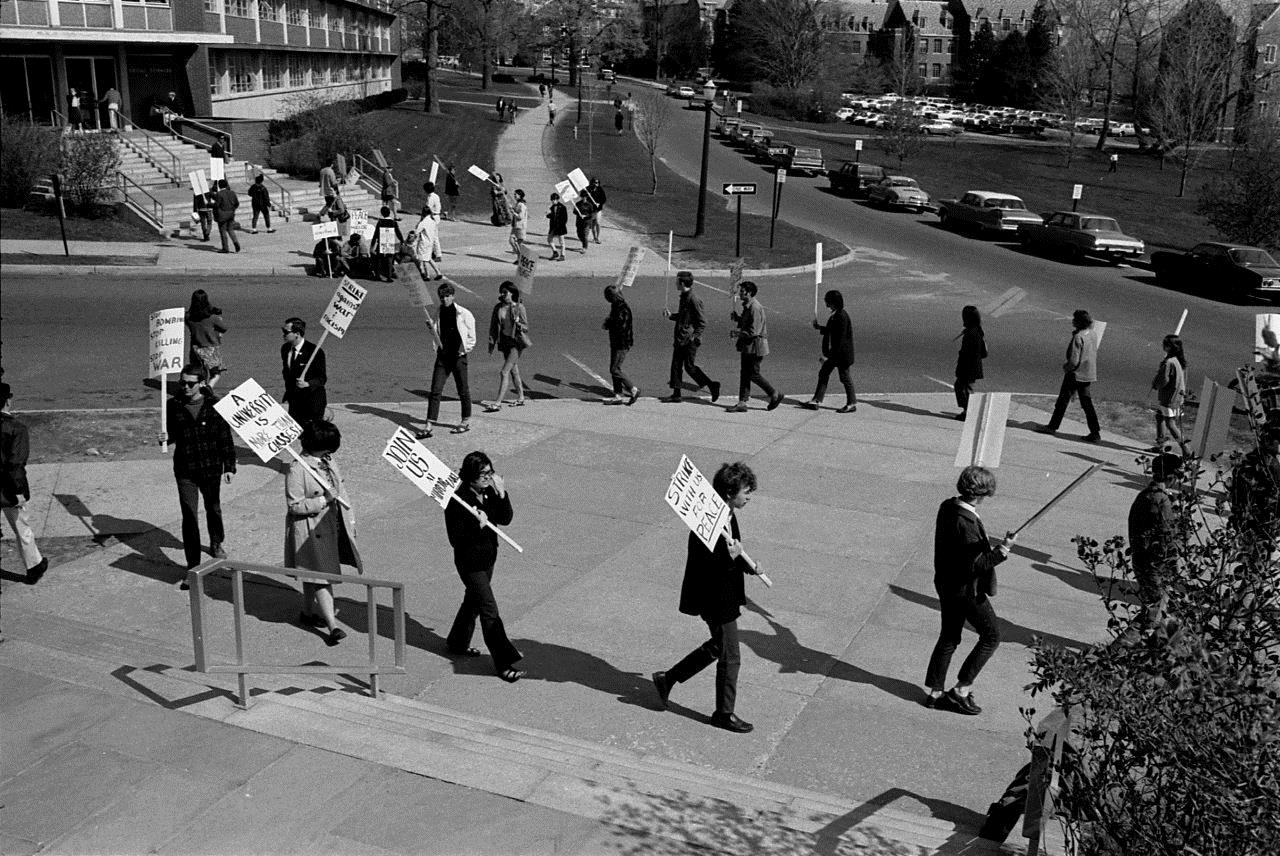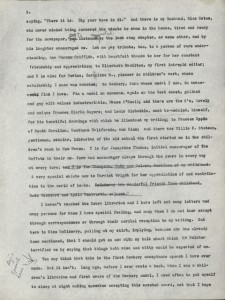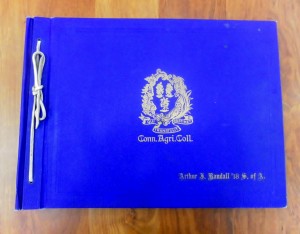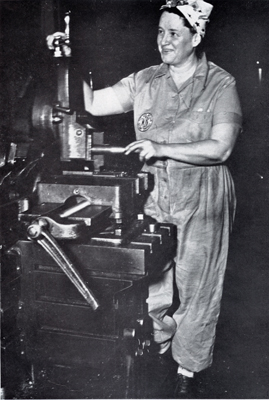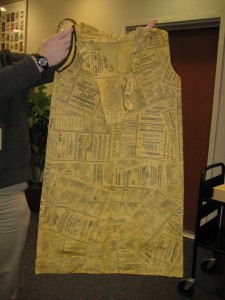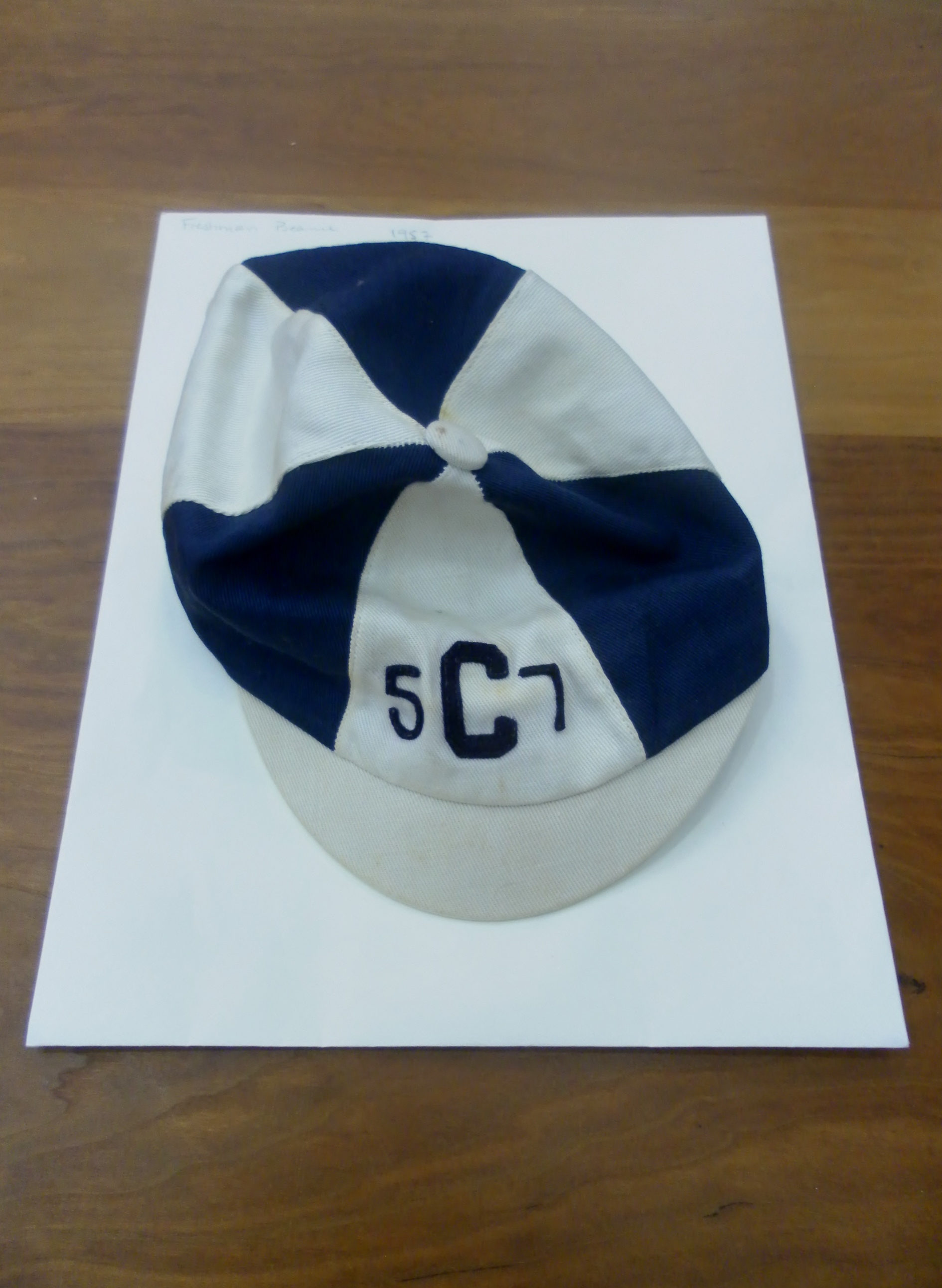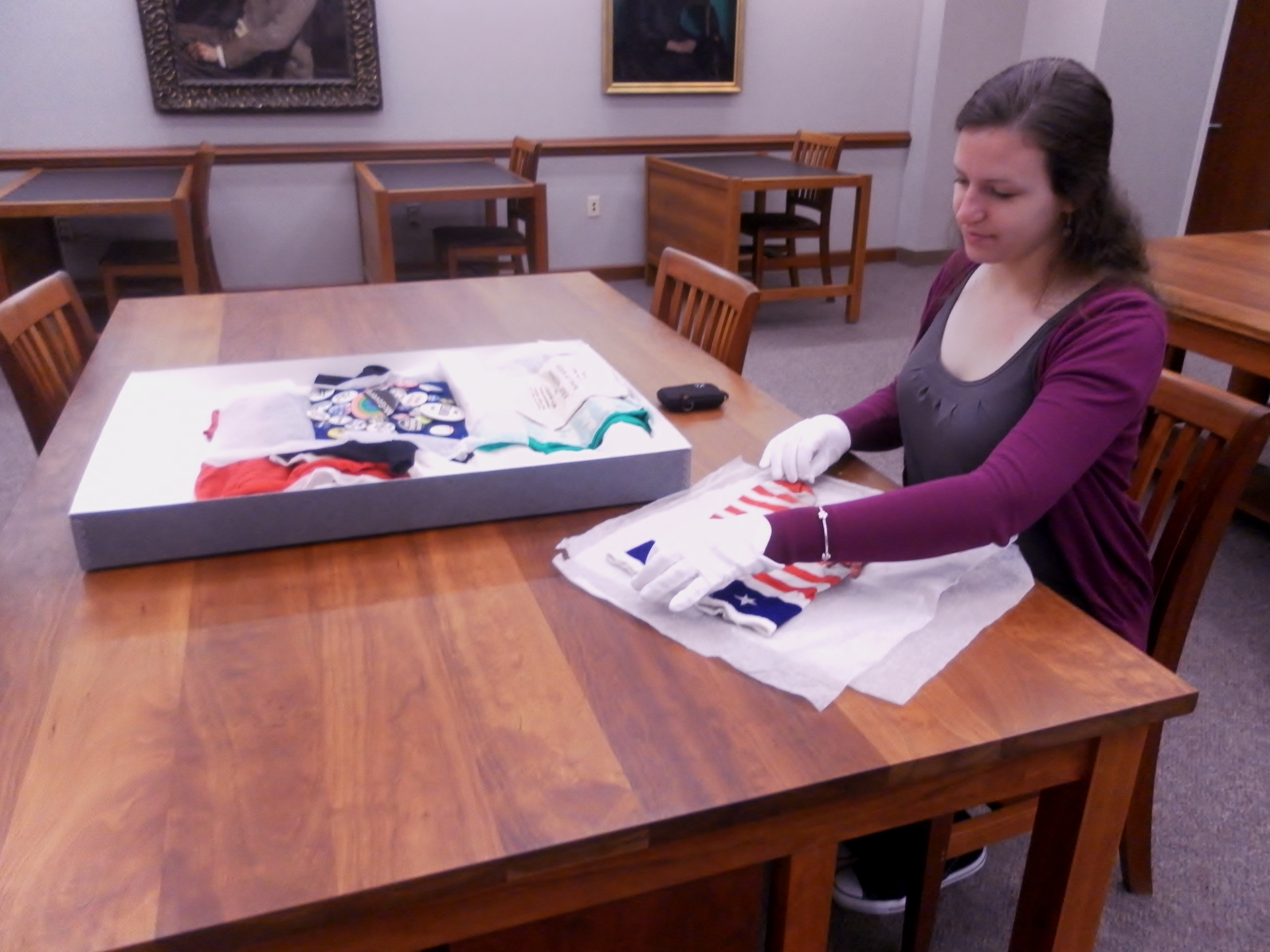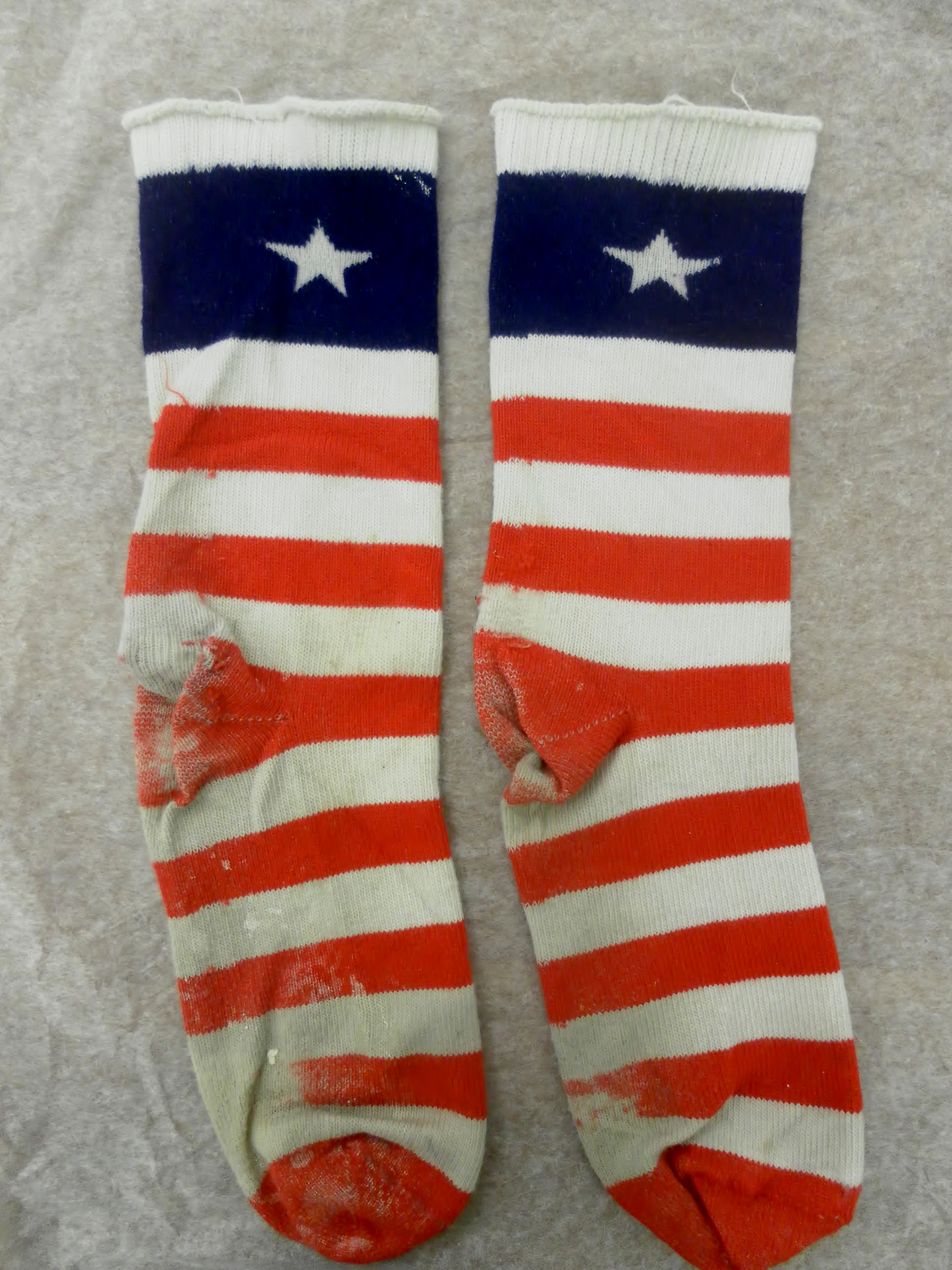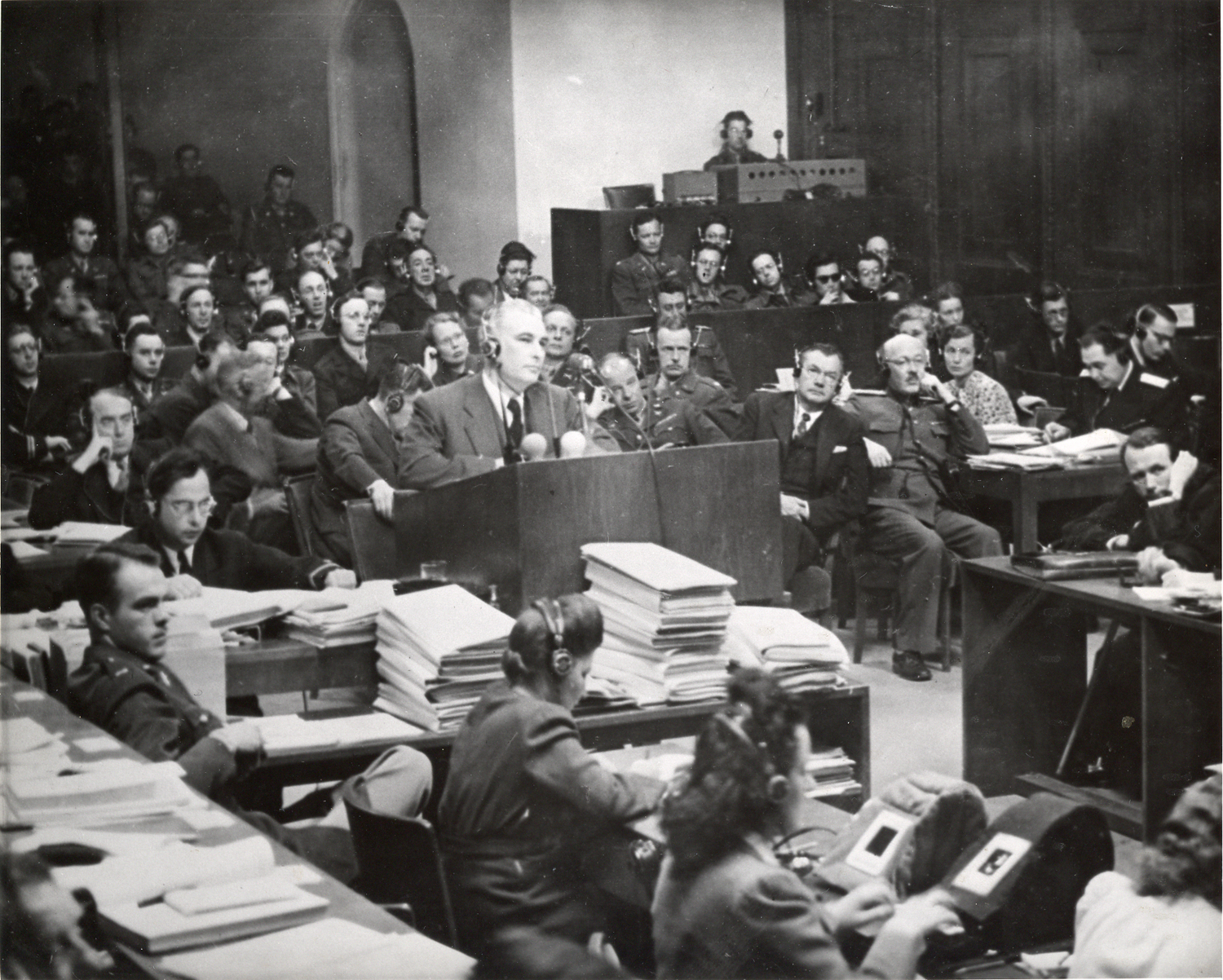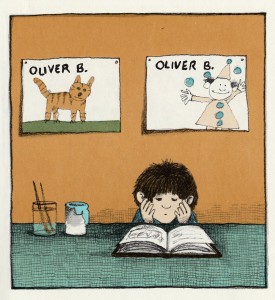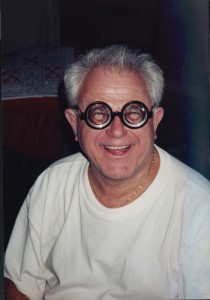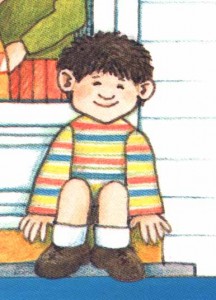Carey MacDonald is an undergraduate Anthropology major and writing intern. In her blog series Through the Lens of an Anthropologist, Carey analyzes artifacts found in the collections of Archives and Special Collections.
Students’ actions at the University of Connecticut during the Vietnam War era were charged with radical and idealistic electricity. At a time when the student population was smaller, quieter, and only a third of the size that it is today, the on-campus presence of Students for a Democratic Society (SDS) helped mobilize individuals who either did or did not associate themselves with the group. One action that took place on campus during this era was the ten-day long demonstration of December 1968. Producers A.H. Perlmutter and Morton Silverstein of National Educational Television captured this demonstration on film and turned it into the 1969 black and white production Diary of a Student Revolution.
The film suggests that the reason for that December’s unrest was that many students were strongly opposed to the principles of the companies conducting job recruitment interviews on campus. One such company was the DOW Chemical Company, the maker of both Saran Wrap and Napalm, a chemical weapon whose rampant usage in the Vietnam War became highly controversial in the U.S. in the late sixties. Students demonstrated against the university’s permission of DOW recruitment by first occupying the office of President Homer D. Babbidge in November 1968. SDS continued to garner support from some students and faculty and called for the student government to join their side on December 8, 2012. This was just the beginning of that December’s ten-day period of unrest.
Although the immediate cause of the December action was students’ opposition to recruiters on campus, interviews with students reveal the underlying moods and motivations advancing the demonstration. One individual stated, “Power, you know, is at the top; it’s held by a corporate elite. And the country is organized to protect the corporate elite.” Another student claimed that “this system cannot be tolerated and must be destroyed.” This severe distrust of American government and industry existed at a time when the Vietnam War was becoming more and more brutal and thus unpopular, and when social and civil rights activists like Abbie Hoffman and Martin Luther King, Jr. were at the forefront of the media.
In response to students’ and SDS’s call for a moratorium on recruiting starting on Tuesday, December 10, 1968, President Babbidge stated in a campus-wide announcement that, after great deliberation, there would be no moratorium on recruiting. Needless to say, that Tuesday saw the height of the action; people demonstrated against Babbidge’s announcement outside an off-campus building where recruiting was taking place. 67 students and faculty who weren’t formally associated with SDS were arrested by state police. The film shows that many of those individuals wished to be arrested to symbolize their dedication to the cause.
Contrarily, in an impromptu interview conducted in a lecture hall, a non-acting student called the acting students a “minority”, and one student claimed that the activists should be arrested and suspended. When a small number of SDS members entered that lecture hall to arouse their fellow students while the cameras were filming, a group of non-acting students shouted at them, “Keep the status quo, keep the status quo!” This debate would continue on until 1971, even after this specific period of action began to collapse on its ninth day.
The film also reveals President Babbidge’s tribulations during the demonstrations. Viewed by radical students as part of America’s ‘corporate elite’, Babbidge actually appears more conflicted and concerned than anything. We ultimately know from documents found in the President’s Office Records that Babbidge, too, believed in the same causes as the students, including racial, educational, occupational, and economic equality and justice. But he believed in pursuing different means to those ends. This can be seen in a statement he made on May 10, 1970 in response to another student action: “I can honestly say that I believe I understand the foundation causes of the student strike, I support many of them…but I cannot support the strike.”
The events of 1968 at the University of Connecticut indicate that the community struggled locally with issues that originated from society at large. Our university community continues to do the same today.
Carey MacDonald, writing intern

